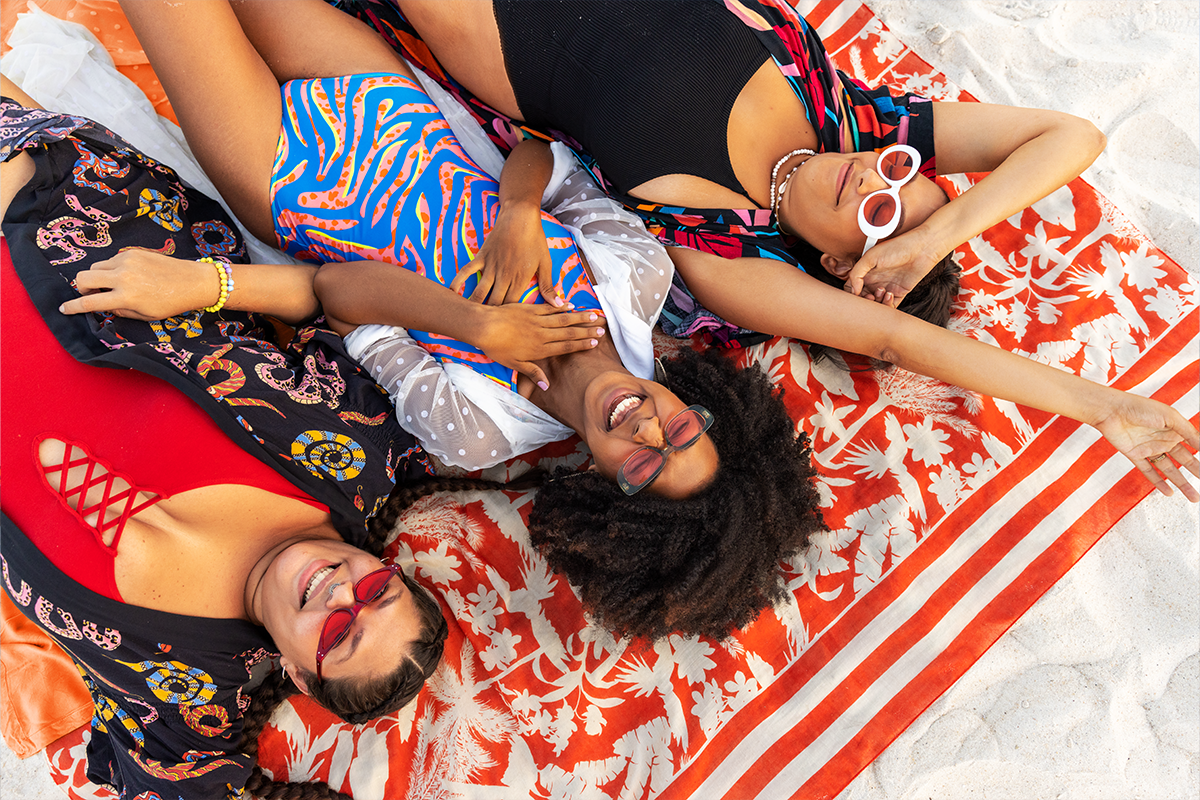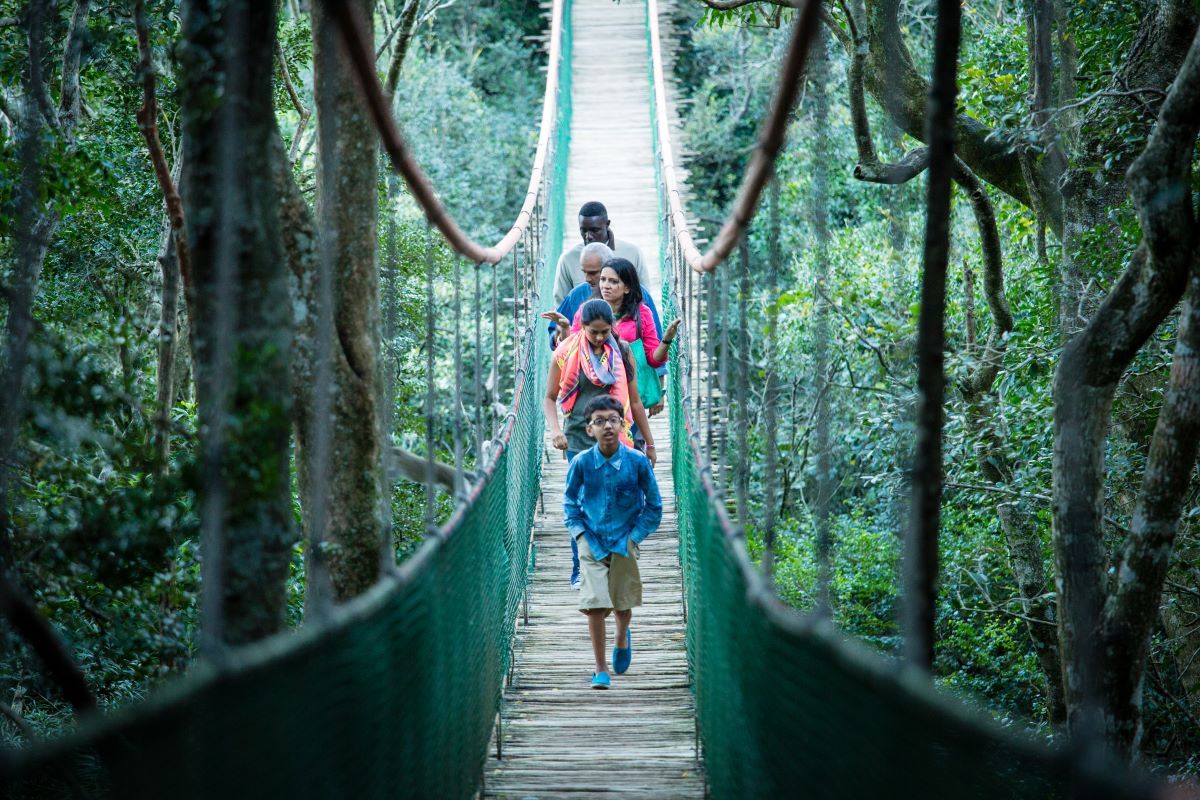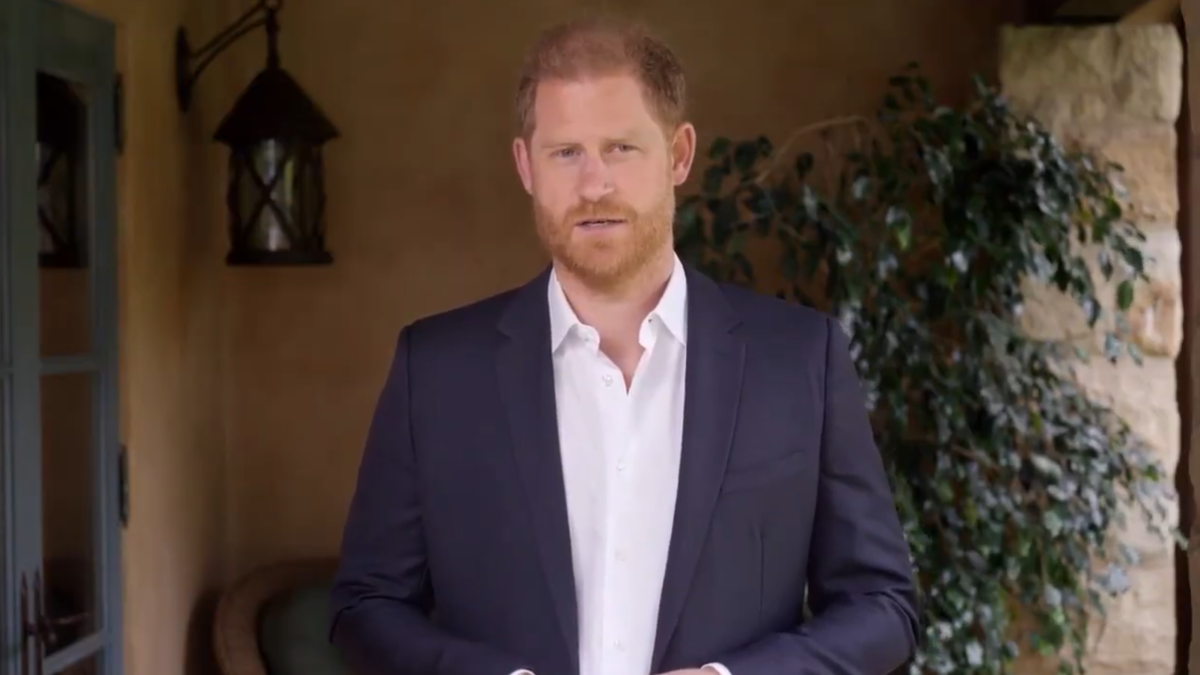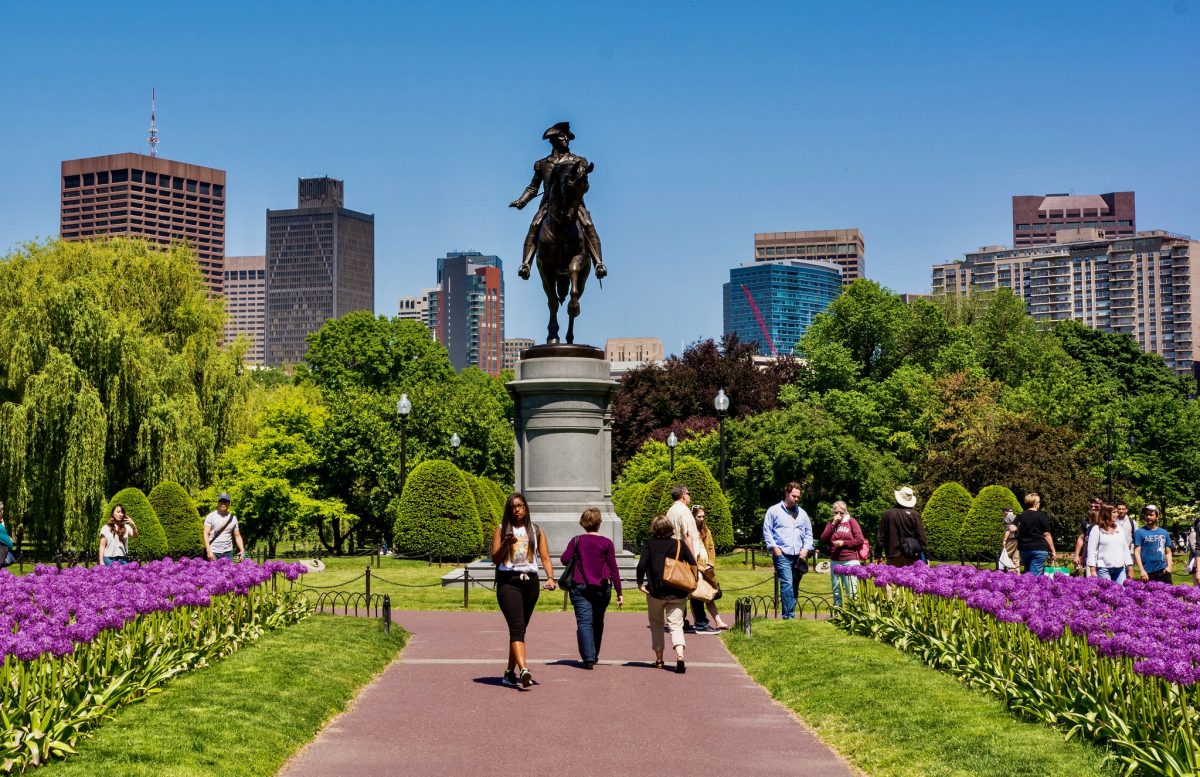Pass the Avocado Toast — Updating the Luxury Spa Experience for a New Generation
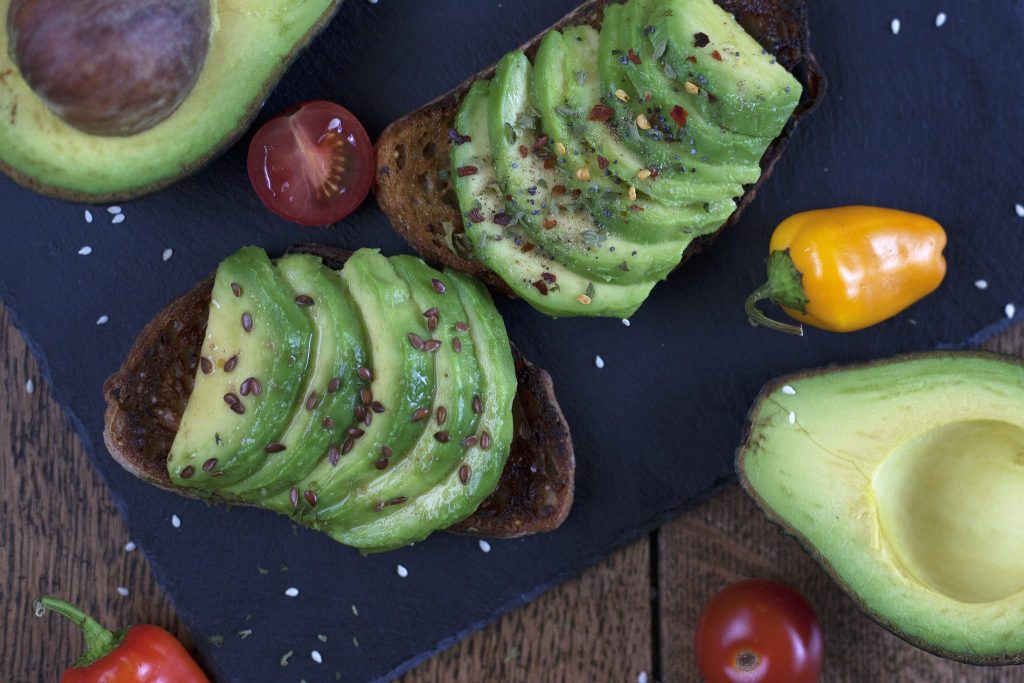
Skift Take
What do millennials want out of a luxury wellness experience? Apparently, avocado toast. That’s just one of the findings lifestyle publication Well+Good discovered after surveying 4,600 of its readers.
Unlike days of yore, when the only way to discover wellness concepts was by going to an iconic high-end destination spa like Canyon Ranch and Miraval, today, wellness is accessible nearly everywhere.
You can take a high-intensity interval training class or sip on a matcha latte anywhere from Boise, Idaho to Baltimore, Maryland. There’s the entire urban landscape extending to second-tier and tertiary cities supporting what were once fringe wellness practices and pabulums confined to the likes of Los Angeles or New York.
Alexia Brue and Melisse Gelula co-founded Well+Good in 2010. They presented the findings of the company's Wellness Travel Survey at the Global Wellness Summit in October.
The ubiquity of wellness is a big part of the reason, says Brue, that millennials aren’t impressed with the iconic spa brands, many of which have traditionally appealed to clientele getting the wellness light switched on for the first time.
But another reason, she says, is simply that this generation doesn’t know these brands. “Starting in the late 1990s through the early aughts,” says Brue, “the iconic spa has not been a part of the cultural currency.” In pre-Internet days, seekers would discover these retreats thanks to fawning articles and splashy advertising in glossy travel magazines. But this generation gets its information online, and as Brue notes, “These brands haven’t been part of the social media conversation.” That's part of the reason the millennial wellness getaway mindset has traveled elsewhere.
In a game of “would you rather,” the Well+Good survey discovered that a slim majority of the respondents would opt to go to an iconic spa (55 percent) over a guru-led retreat (40 percent). However, Gelula calls the results “shocking,” given that they were expecting an 80/20 differential in favor of the old-school spa.
According to the Well+Good co-founders, the spa attendees in the audience at The Global Wellness Summit were surprised, too. “The spas don’t even realize that their biggest competition isn’t other spas,” says Brue. “Fitness and lifestyle instructors leading retreats are the competition,” says Brue. Indeed, it’s increasingly common for self-branded wellness gurus with large social media followings to organize their own wellness retreats to exotic destinations around the world.
For spa resort executives who might be comforting themselves by thinking it’s all about the price tag, they are wrong, according to Gelula. "They are convincing themselves that if they are not attracting millennials, it’s because millennials aren’t taking luxury trips.” But that’s not true. Millennials do have disposable income (although not necessarily as much free time. According to to the survey, younger wellness seekers are more likely to take a three-day getaway rather than the traditional one-week spa stay). When it comes to retreats versus spas, she says, “it’s important to point out that we aren’t seeing much of a price point difference. Retreat leaders often charge between $700 and $1000 a day."
Brue also believes that some of the iconic spas, instead of trying to appeal to millennials today, are just waiting until they start getting aches and pains. The problem with that approach, says Brue, is that “millennials don’t have a ‘fix me now’ mentality when they go to a spa.” Because they are already incorporating wellness in their everyday life, when they go on a wellness getaway, they want an elevated experience that builds on their daily practices, but doesn’t replicate them.
Gelula says, "Spas are simply are out of the loop in terms of what travelers expect from a wellness retreat." So, what do today's wellness warriors want? The number one priority, according to the survey, is food. Ninety-nine percent of the respondents said the quality of the food was a key factor in their decision-making process.
Ninety-seven percent of the survey respondents wanted cultural offerings to be part of the package. That doesn’t necessarily mean experiencing a Lomi Lomi massage in Hawaii, but rather going to a destination where the surroundings themselves provide a broadening experience. That’s part of the reason guru-led retreats are starting to get a leg up. They can roam from place to place from year to year, plunking down in up-and-coming destinations in order to incorporate a greater cultural component into the programming mix.
The Well+Good survey also found the nature experiences (96 percent) and high quality fitness offerings (94 percent) were important, with spa services (93 percent) rounding out the top five.
So, how can the iconic spa bring offerings up to date? Gelula recommends starting with the menu. “Focus on food,” she says. “Provide cool wellness food offerings. After all, consumers are used to eating avocado toast, avocado smoothies and cauliflower rice at home...or seeing them on Instagram.” In addition to menu updates, Brue says spas need to hire higher-quality fitness instructors, and to add more personalization to the spa programming.
All in all, the co-founders of Well+Good suggest spas need to change now or risk becoming dinosaurs. As Gelula notes, “The value proposition has to keep pace with this sophisticated group of travelers. One thing we confirmed with the survey results: Spa experiences for millennials should focus on deepening already-existing wellness practices."
